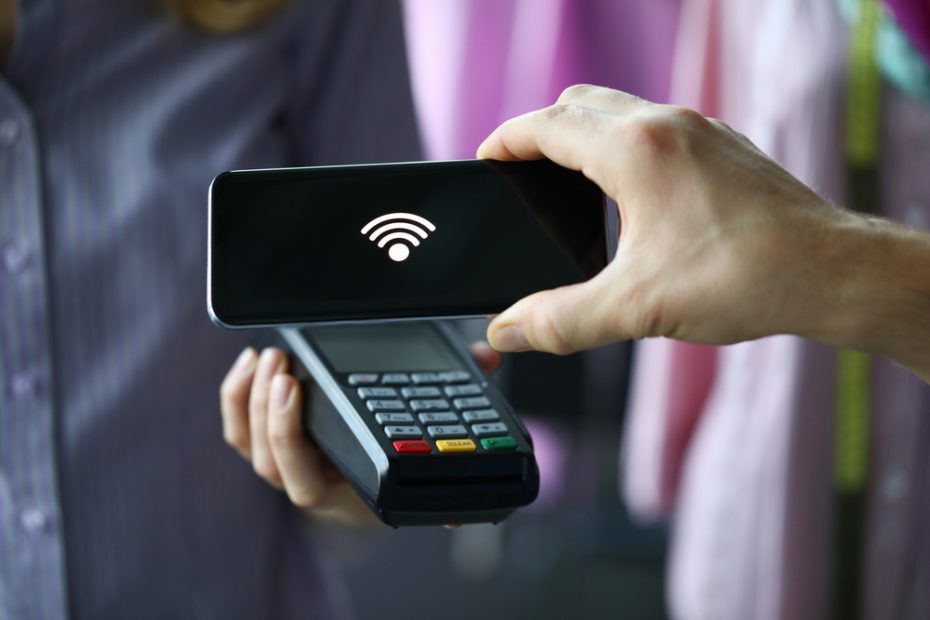This year, The 2020 Fiserv Fraud and Security Survey dives into the unknown about the current pandemic and how the surge of both digital and “touchless” payments are driving cybersecurity concerns.
The survey involved 1,037 U.S. consumers from ages 18 to 74.
The Findings
With the widespread infections due to COVID-19, many consumers have turned to “touchless payments” as opposed to using conventional cash and credit card transactions. It was found that 33% increased their use of touchless payment methods. Increased reliance on these touchless payments came in at 32%. And an increase in trust using this payment method was 25%.
The demographic group most likely to continue using touchless payment methods were the Millennials at 74%. They were followed by Gen Z at 70%, Gen X and Baby Boomers both at 65%.
In response to the COVID-19 pandemic, merchants quickly shifted the shopping experience for consumers and began offering a variety of safer options. Although the preferred shopping options for consumers were online (80%) and in-store (77%), 43% of consumers have stated that they have used “buy online, pick up in-store” (BOPIS) within the last 30 days. Those who have taken advantage of curbside pickup came in at 50%. In effect, more than 50% of Gen Zers and Millennials frequently use these services as well as upwards of 40% of Gen Xers.
Security Concerns
With the boost in digital commerce comes the question of security. Most consumers surveyed say they were either “equally or more concerned” about their cybersecurity in comparison to previous years. When asked about their “current outlook” on cybersecurity versus last year, 40% reported that they were “equally concerned”. Only 23% of consumers said that their personal information is “very or extremely secure”.
The introduction to chip cards did improve cybersecurity in the last four years. Back in 2017, 57% of consumers reported that their debit or credit card was compromised. In 2020, this percentage dropped to only 22%.
Oddly, despite their inclination towards technology and overall tech savviness, both Millennials and Gen Zers seem to fall prey to scammers. More than 40% stated that their personal data was compromised. These groups were also likely to get their mail stolen. For Millenials the percentage was 38% and Gen Z 33%. Why? The likelihood for this occurrence is their willingness to share their information. Gen Zers (28%) and Millenials (38%) have reported releasing information to someone via mail while only 18% was shared by Gen Xers and 14% of Baby Boomers.
With the increased number of breaches of security and other cyberattacks, consumers are becoming more aware of the importance of password changes. Of those surveyed, 34% of consumers are willing to change their passwords when forced, down 8% compared to last year.
For a third year in a row, consumers felt strongly that social media is the most susceptible to cyberattacks. Social media came in at 33%, online banking (19%), online shopping (18%), mobile applications (13%), and online bill pay (11%).
Consumer Confidence Grows In Digital Realm
As the current pandemic potentially changes consumers’ shopping behavior for good, businesses should be ready to make any modifications to their current digital commerce strategy in order to meet their customers’ needs.
By offering a streamlined and secure shopping experience online, they are most likely to withstand any further uncertainties that this current health crisis can bring.

